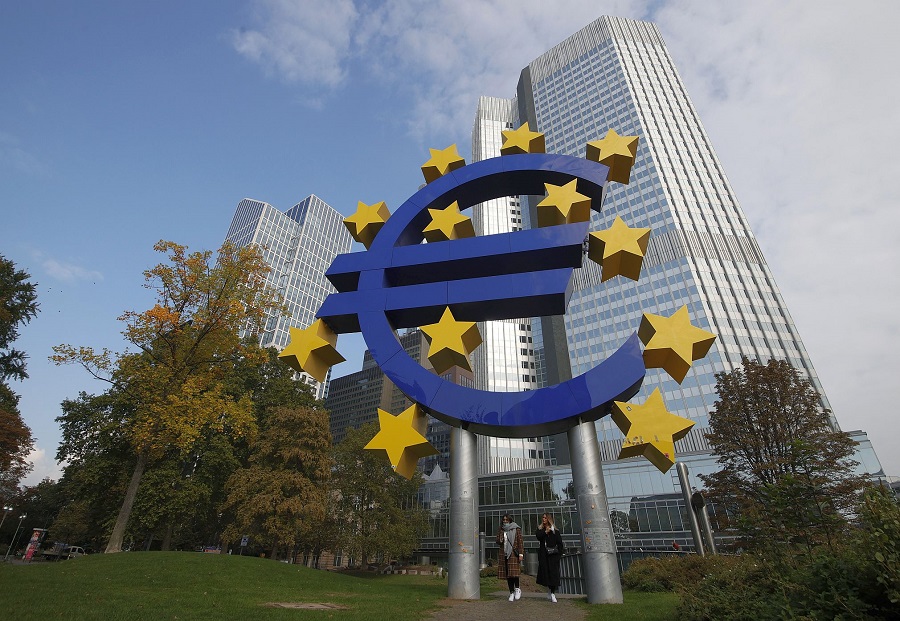What risks will the Eurozone economy face in 2025?
The euro zone economy is generally expected to grow at a faster pace in 2025 than we saw in 2024. However, this view entails lots of risks, which is one reason why the ECB will cut rates by more than most analysts expect and that the market is predicting.

To say that the eurozone economy is improving at a snail’s pace would be a disservice to snails. The ECB’s latest projections put growth at 1.1% this year after an expected 0.7% last year, while the median analyst view in the regular Bloomberg survey is 1% for this year. In the Standard Bank’s view, the odds are growing so that 1% looks too optimistic. The foundations for improvement lie mostly at the feet of the consumer sector due to things such as the rise in real wages that we’ve seen and an assumed normalisation (fall) in the savings rate.
The ECB also notes that fiscal tightening is less onerous this year; worth just 0.1% of GDP against 0.9% points in 2024. A rebound in productivity is also assumed by the ECB although we should always be wary of assumed productivity rebounds as they have a habit of not showing up. The external sector is not expected to provide any help as the ECB sees net exports contracting 0.2% points from GDP in 2025, which means that the bulk (1.2% points) of the improvement in 2025 comes from domestic demand.
There seem to be a number of pitfalls to the forecast of economic improvement. One is simply that forward-looking indicators such as the PMI survey or the EU Commission’s economic confidence indicator have been trending down recently, not up. The latter is only a shade above the post-pandemic low that we saw in September 2023, while the former has fallen below 50 again in composite terms, which suggests economic contraction, not expansion.
Now clearly these indicators could turn back up again, but, even if they do, which does seem likely, it may be the case that the early weakness in growth in 2025 casts a pall over the GDP outcome for the whole year (mathematically, a poor first quarter GDP figure is more likely to weigh on the full year outcome than if the weakness comes at the end of the year).
A second concern that we have lies in terms of politics. Germany will have snap elections in February, and France’s political situation is blighted by the inability of the government to pass a budget. Of course, it is very possible that a (likely) new government in Germany could revive optimism in the economy, but, as we have seen in the UK, exactly the opposite has happened following the shift from a Conservative government to a Labor government.
The ECB’s forecast for stronger consumer spending in 2025 (1.3% against 0.9% in 2024) is partly down to improved consumer confidence and a fall in the savings rate, both of which seem dubious assumptions given the political uncertainties. And, of course, it is not just domestic politics that could throw a spanner in the works of eurozone growth in 2025. Global political factors remain an elevated risk. For instance, we regard it likely that incoming US president Trump will impose tariffs on the EU if it does not commit to buy more oil from the US, just as he threatened a week or so ago.
Trump likes to use tariff threats to draw concessions out of other countries. So, while we doubt that a blanket 10-20% global tariff will be imposed, specific tariffs on the EU, for instance, and in certain sectors, like autos, seem far more likely. If that’s the case then the 0.2% point drag on GDP in 2025 from trade, as forecast by the ECB, could end up being too optimistic.
Given the risks to the ECB’s growth story, the Standard Bank believes that rate cuts by the bank this year (and possibly next) will be greater than those assumed by analysts and the market. Both see the ECB’s deposit rate falling from 3% to 2% in 2025 but we see a risk of a reduction to 1.75%, at least in 2026, if not this year.








